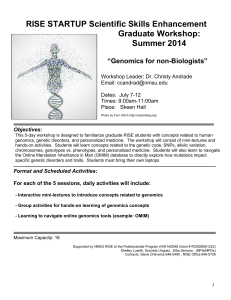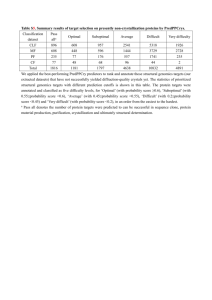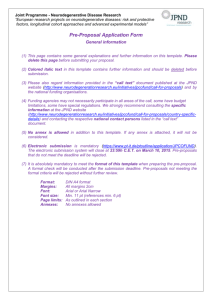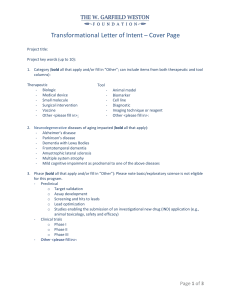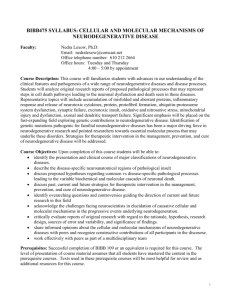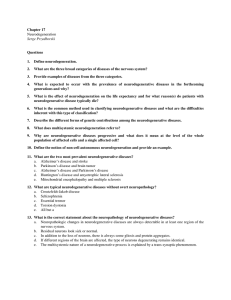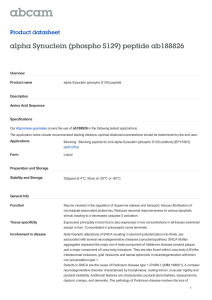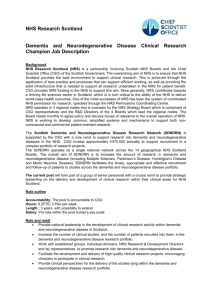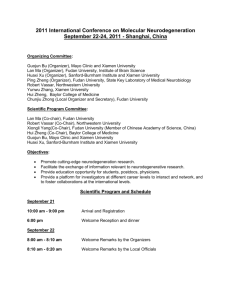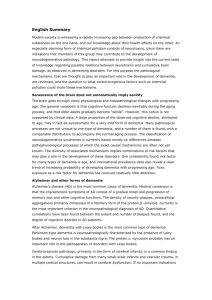2013 Admission Exams
advertisement
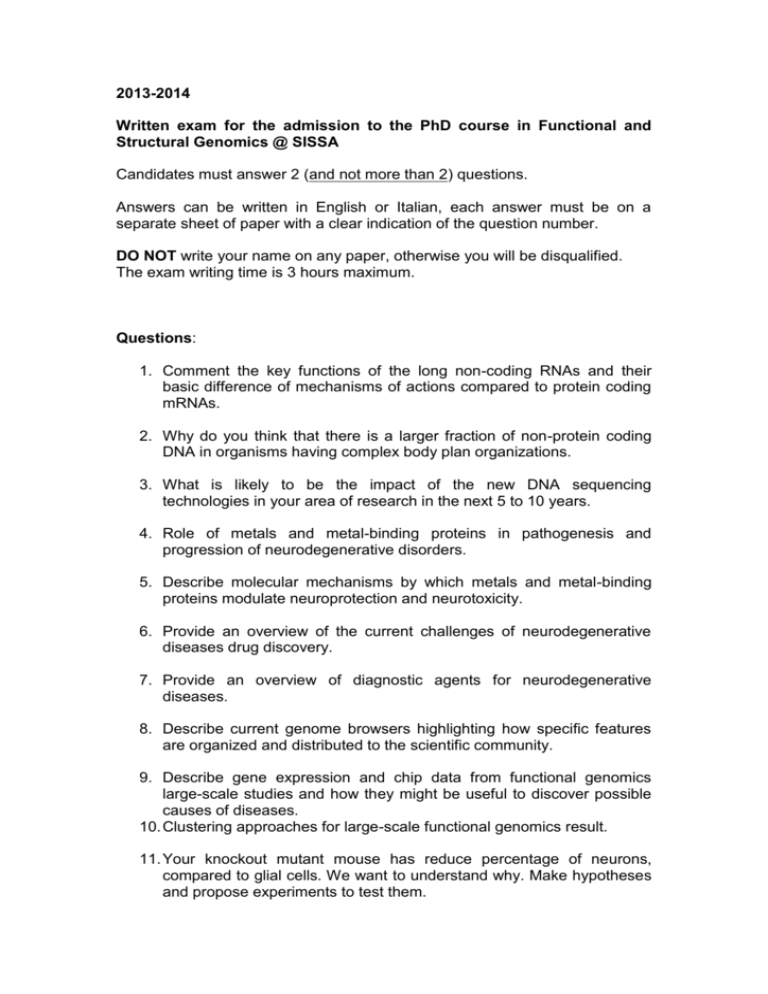
2013-2014 Written exam for the admission to the PhD course in Functional and Structural Genomics @ SISSA Candidates must answer 2 (and not more than 2) questions. Answers can be written in English or Italian, each answer must be on a separate sheet of paper with a clear indication of the question number. DO NOT write your name on any paper, otherwise you will be disqualified. The exam writing time is 3 hours maximum. Questions: 1. Comment the key functions of the long non-coding RNAs and their basic difference of mechanisms of actions compared to protein coding mRNAs. 2. Why do you think that there is a larger fraction of non-protein coding DNA in organisms having complex body plan organizations. 3. What is likely to be the impact of the new DNA sequencing technologies in your area of research in the next 5 to 10 years. 4. Role of metals and metal-binding proteins in pathogenesis and progression of neurodegenerative disorders. 5. Describe molecular mechanisms by which metals and metal-binding proteins modulate neuroprotection and neurotoxicity. 6. Provide an overview of the current challenges of neurodegenerative diseases drug discovery. 7. Provide an overview of diagnostic agents for neurodegenerative diseases. 8. Describe current genome browsers highlighting how specific features are organized and distributed to the scientific community. 9. Describe gene expression and chip data from functional genomics large-scale studies and how they might be useful to discover possible causes of diseases. 10. Clustering approaches for large-scale functional genomics result. 11. Your knockout mutant mouse has reduce percentage of neurons, compared to glial cells. We want to understand why. Make hypotheses and propose experiments to test them. 12. Conditional transgenesis. 13. Your preferred mRNA has a companion antisense transcript, overlapping its 5’UTR: how would you investigate the biological meaning of this scenario? Make hypotheses and propose experiments to test them. 14. Cell reprogramming. 15. Repetitive elements structure and function. 16. Gene network analysis. 17. Functional genomics of neurodegenerative diseases: methods and applications. 18. What criteria would you use to establish the reliability of a homologymodeling based structural, prediction? 19. Molecular docking techniques in drug design: advantages and limitations. 20. Molecular dynamics simulations are powerful tools in computational biology. Describe one problem where you would apply such technique. 21. Basic principles of chemioinformatics and applications to drug screening. 22. Generic basis of neurodegenerative diseases. 23. Give a brief overview of one method to determine the threedimensional structure of macromolecules, with a critical analysis of its strengths and weaknesses. 24. Provide examples and describe in details the molecular pathogenic mechanism in neurodegenerative diseases.
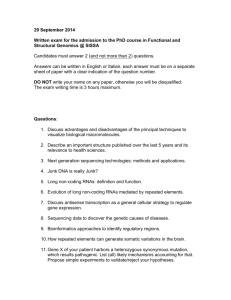
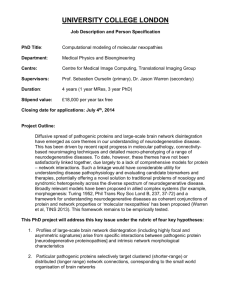


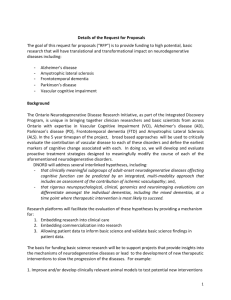
![9_Komlenac - start [kondor.etf.rs]](http://s2.studylib.net/store/data/005352037_1-bdc91b0717c49a75493200bca431c59c-300x300.png)
